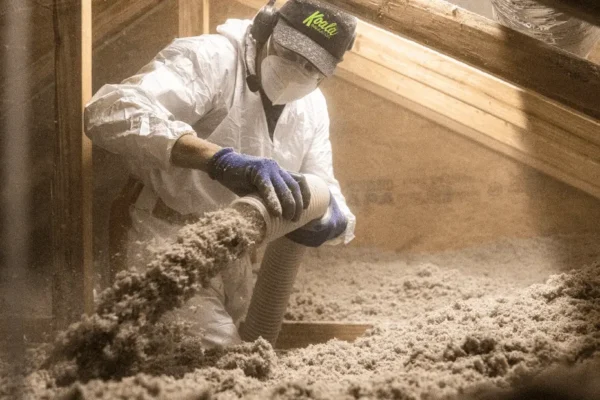Grand Rapids Insulation Installation Experts
Experience improved energy efficiency and enhanced comfort with professional insulation services in Grand Rapids. Trust Koala Insulation of Grand Rapids for dependable, cost-effective insulation solutions that protect your investment and deliver lasting results.
<?php
$button_code = get_field('housecall_pro_button_code');
if ($button_code) {
echo $button_code;
}
?>


Spray Foam Insulation Grand Rapids
Spray Foam is a two-part product that is heated and then is sent through a hose into the stud cavity, where it hardens in a matter of seconds and creates a long-term barrier that keeps your home comfortable and energy efficient.
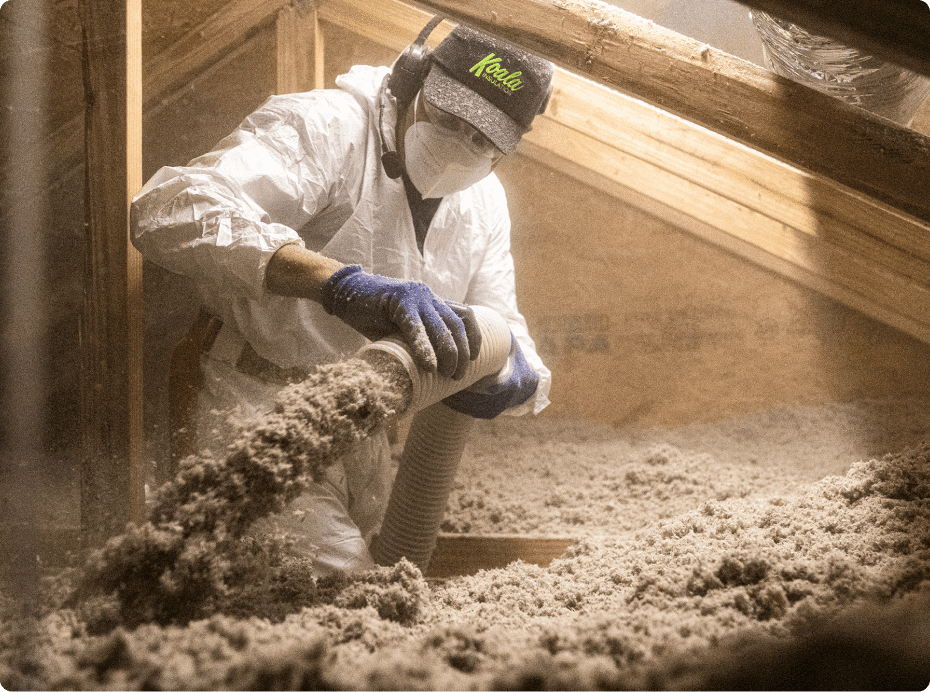
Blown In Attic Insulation Grand Rapids
Consisting of small pieces of insulation, this type of insulation can quite literally fill every nook and cranny of a space and create an uber-fluffy layer of effective insulation. Our technicians ensure your attic, wall and ceiling cavities are filled correctly and without gaps or voids.
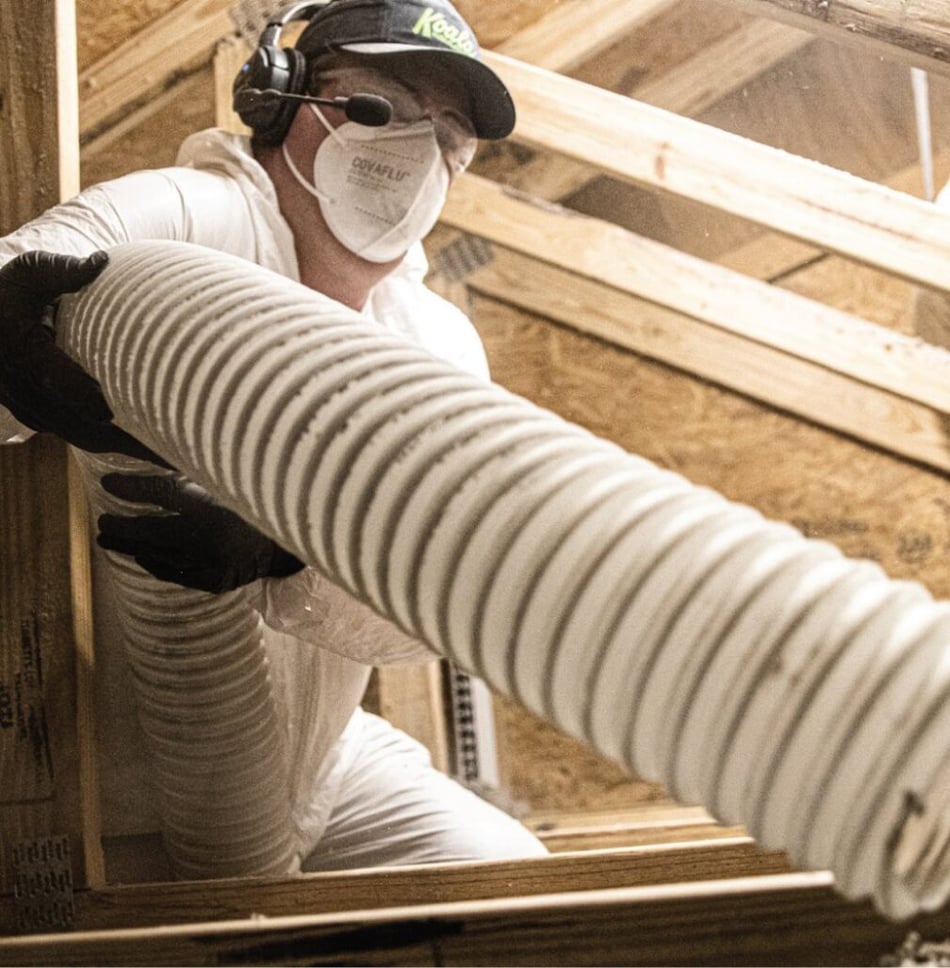
Insulation Removal Services Grand Rapids
If you’re experiencing moisture damage, pests, mold, diminishing efficiency, or other problems, we’ll remove existing insulation, and sanitize and deodorize the areas.
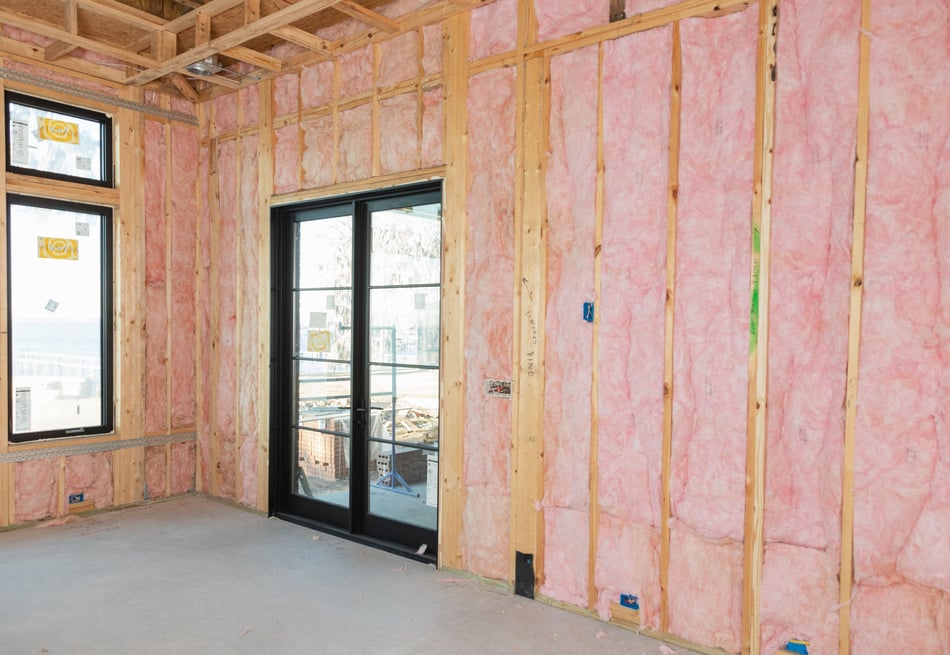
Batt Insulation Installation Grand Rapids
One of the most recognizable forms of insulation. Batt comes in large rolls or pre-cut sections that are typically pink or yellow in color. These are installed in sheet form and laid out between the studs in walls, floors, and attics.

Solar Attic Fans Grand Rapids
Solar attic fans turn your attic into a livable space by pushing hot air out and pulling cool air in. Our fans use solar energy to keep your attic at a comfortable temperature year-round.

Air Sealing Service Grand Rapids
We identify and seal leaks letting air in and out of your home to reduce unwanted temperature loss or gain.
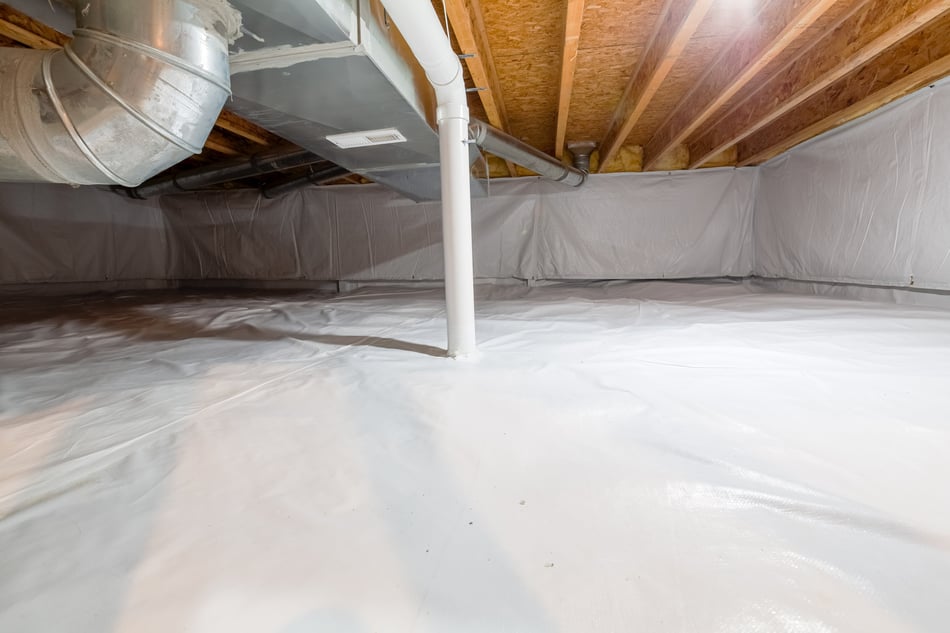
Crawl Space Encapsulation Grand Rapids
Keep your crawl space dry and your floors warm with vapor barrier crawl space insulation that helps you save energy.

Commercial Insulation Services Grand Rapids
Give your workspace a boost with our commercial insulation services. Whether you’re upgrading an office, retail space, or industrial facility, we’ve got solutions that fit your needs. Our goal is to help you create a comfortable space while cutting down on energy costs, so you can focus on what you do best.
Proudly Serving Grand Rapids with Trusted Insulation Solutions
Serving Grand Rapids and nearby areas, Koala Insulation brings personalized service and premium insulation products to every project. Our mission is to make your home more efficient with the right insulation system for your structure, budget, and comfort goals.
Koala Insulation Of Grand Rapids
If your house is too cold, you bundle up and hunker down. If your house is too hot, even simple housework makes you sweat, making it hard to get anything done. In both situations, your energy bills skyrocket, pulling money straight out of your pockets.
How can you avoid all three of these issues? Better insulation. About 90% of homes are poorly insulated, letting in dirt and dust while letting out temperate air. This causes uncomfortable home temps and high energy bills, all while putting extra strain on your HVAC system.
When you need new or improved insulation, you deserve to have your daily discomfort and costly energy bills solved quickly. At Koala Insulation, we have a friendly and efficient customer service team that can provide insulation solutions quickly and efficiently in Grand Rapids, Hudsonville, Holland, and nearby locations in Michigan.
We offer transparent and fair pricing without hidden fees. We believe every homeowner should get the insulation they need when they need it. If you’re looking for insulation companies near you, we bring the highest level of expertise and quality service to make your home comfortable and efficient for years to come.
- Read more
Why Poor Insulation Is Problematic
While you might not pinpoint insulation as the main issue in your house, it can be the cause behind many different problems beyond discomfort and high energy bills, including:
- Frequent breakdowns and repairs of your overworked HVAC system
- Sneezing, coughing, and eyes watering indoors from allergens entering through insulation gaps
- Insects, pests and rodents coming into your home and using old insulation as nesting
- Mold growth and moisture in old, damaged insulation seeping into your home
- A roof that deteriorates from accelerated wear due to poor attic insulation
- Noisiness from outside
If you’re noticing these or other similar problems, an inspection can determine whether poor insulation is the cause.
Why Koala Insulation Is the Solution
At Koala Insulation, we provide multiple types and methods of insulation to fit any age or type of home. Unlike other companies that specialize in one area, we’re skilled experts in blown-in, spray foam, or batt insulation, attic or crawl space insulation, air sealing, damaged insulation removal, and more.
We come in quickly to inspect your problem and offer a holistic solution. Plus, we’ll communicate with you every step of the way, so you’ll know when we’ll arrive, how we’ll tackle the job, and everything we’ve done after we’re gone.
We offer the full range of insulation services, including:
- Blown-In, Spray Foam, or Batt Insulation: From classic sheets of batt insulation to blown-in bits for filling gaps to hardening spray foam insulation that creates a lasting barrier, we know how to fix every home’s unique insulation issues with our superior products and services.
- Air Sealing: Gaps between the inside and outside of your home can lurk around openings like windows, doors, chimneys, and more. Air sealing closes these for good.
- Attic Insulation: Our expert insulation contractors can seal your attic hatch from the rest of your home and add a solar attic fan to keep the space cool.
- Insulation Removal: When your insulation is damaged, that damage can spread to the rest of your home. We’ll replace pest-infested, water-damaged, or moldy insulation with brand-new material.
Get a Free Estimate from Koala Insulation of Grand Rapids
If your home can’t seem to maintain a consistent temperature and you’re struggling to pay high energy bills, we can help. Reach out to Koala Insulation of Grand Rapids for a free quote. We’ll solve your issues swiftly and correctly so you can get back to comfortable everyday life at home.
Why Poor Insulation Is Problematic
While you might not pinpoint insulation as the main issue in your house, it can be the cause behind many different problems beyond discomfort and high energy bills, including:
- Frequent breakdowns and repairs of your overworked HVAC system
- Sneezing, coughing, and eyes watering indoors from allergens entering through insulation gaps
- Insects, pests and rodents coming into your home and using old insulation as nesting
- Mold growth and moisture in old, damaged insulation seeping into your home
- A roof that deteriorates from accelerated wear due to poor attic insulation
- Noisiness from outside
If you’re noticing these or other similar problems, an inspection can determine whether poor insulation is the cause.
Why Koala Insulation Is the Solution
At Koala Insulation, we provide multiple types and methods of insulation to fit any age or type of home. Unlike other companies that specialize in one area, we’re skilled experts in blown-in, spray foam, or batt insulation, attic or crawl space insulation, air sealing, damaged insulation removal, and more.
We come in quickly to inspect your problem and offer a holistic solution. Plus, we’ll communicate with you every step of the way, so you’ll know when we’ll arrive, how we’ll tackle the job, and everything we’ve done after we’re gone.
We offer the full range of insulation services, including:
- Blown-In, Spray Foam, or Batt Insulation: From classic sheets of batt insulation to blown-in bits for filling gaps to hardening spray foam insulation that creates a lasting barrier, we know how to fix every home’s unique insulation issues with our superior products and services.
- Air Sealing: Gaps between the inside and outside of your home can lurk around openings like windows, doors, chimneys, and more. Air sealing closes these for good.
- Attic Insulation: Our expert insulation contractors can seal your attic hatch from the rest of your home and add a solar attic fan to keep the space cool.
- Insulation Removal: When your insulation is damaged, that damage can spread to the rest of your home. We’ll replace pest-infested, water-damaged, or moldy insulation with brand-new material.
Get a Free Estimate from Koala Insulation of Grand Rapids
If your home can’t seem to maintain a consistent temperature and you’re struggling to pay high energy bills, we can help. Reach out to Koala Insulation of Grand Rapids for a free quote. We’ll solve your issues swiftly and correctly so you can get back to comfortable everyday life at home.
Ready to start your insulation project? Get a FREE quote from your local Koala Insulation team today.



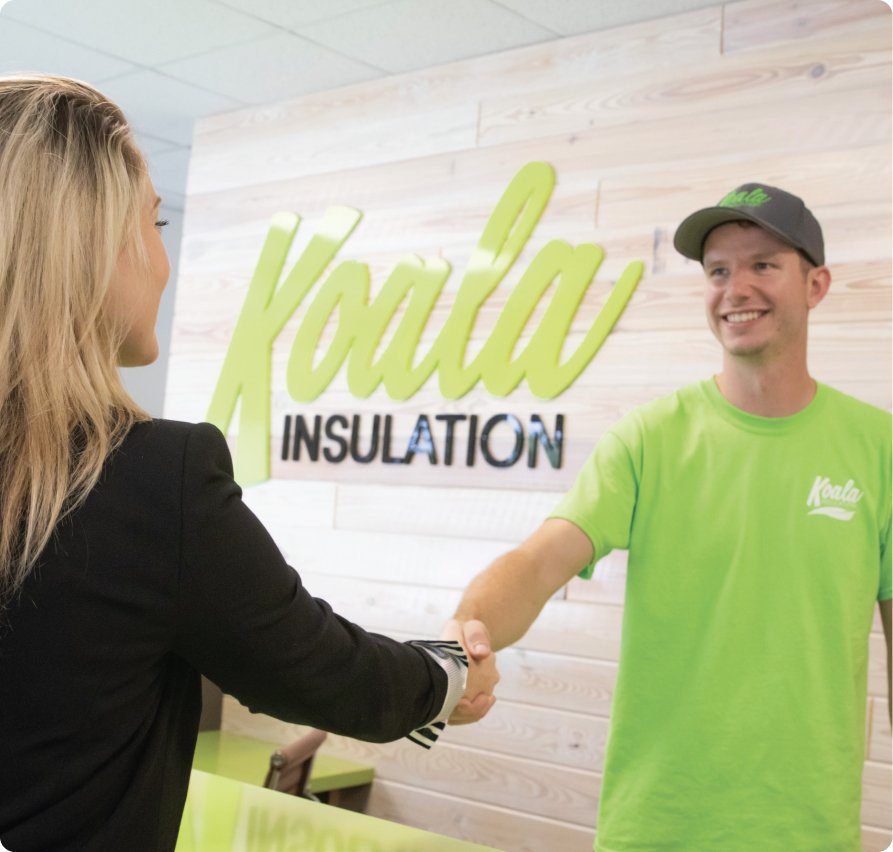


energy efficiency











see the
Koala Difference


Eco-Friendly Solutions
We offer green insulation options that help reduce your carbon footprint and boost your home’s energy savings.

Quick and Professional Service
We value your time and comfort, offering efficient services while treating your home with car. We promise to leave your space in better condition than we found it!
Custom-Tailored Services
Every home is unique, and we provide personalized solutions that fit your specific insulation needs.

Local Commitment
As a locally-owned business, we’re dedicated to serving our community with top-quality services and a friendly, personal touch.
In 5 Easy Steps

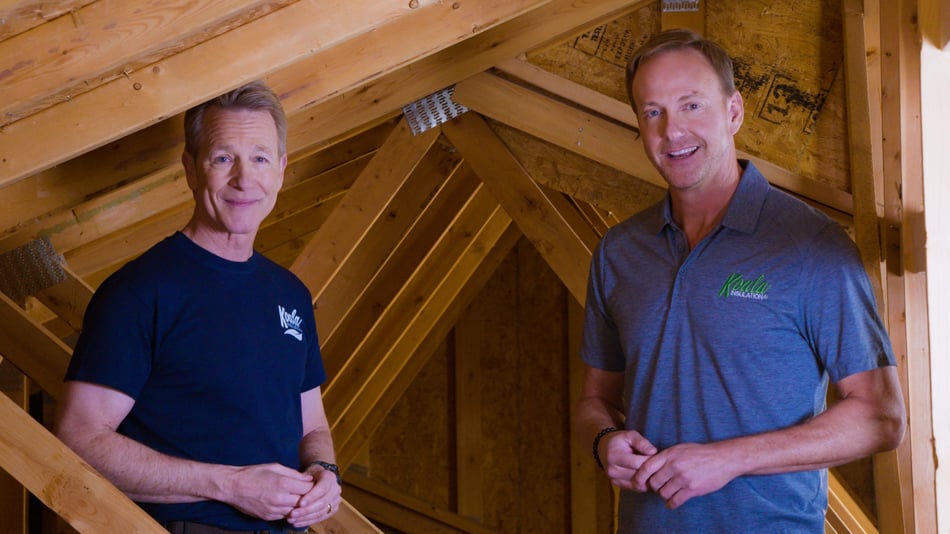

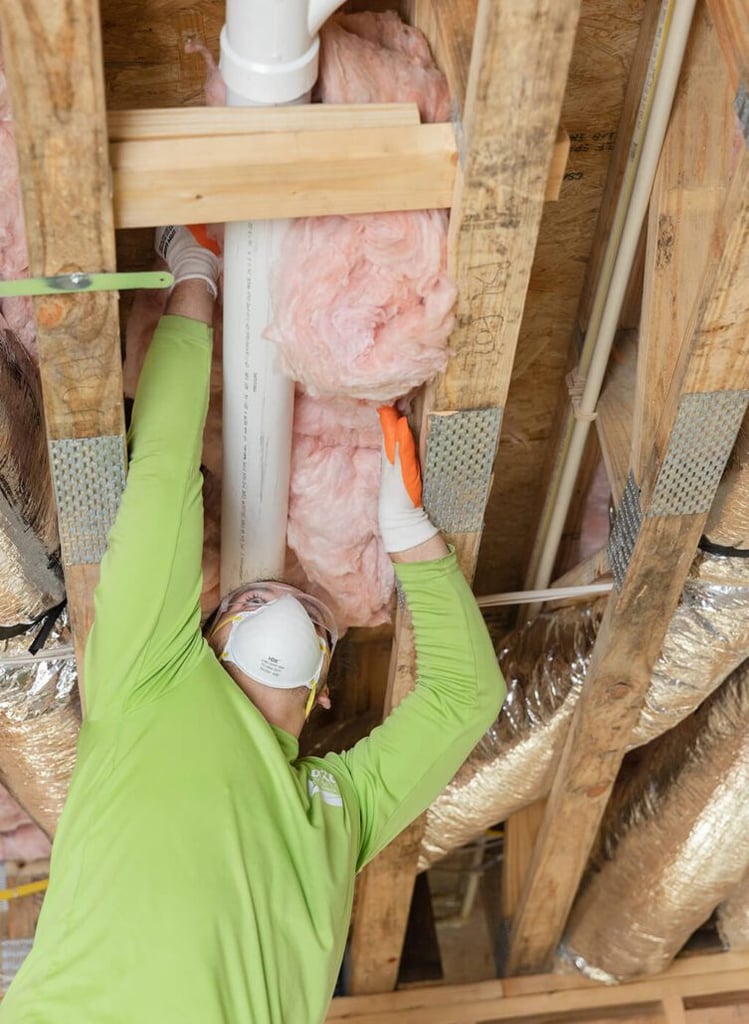


Insulation You Can Count On
We’ve earned the trust of homeowners in Grand Rapids by combining expert insulation work with friendly, respectful service. Our reviews reflect the pride we take in every project—and we’d be honored to help you next in Grand Rapids.
Serving Homes and Businesses in and Around Grand Rapids
Koala Insulation of Grand Rapids goes above and beyond to deliver fast, courteous, and high-quality insulation services. We understand the importance of convenience and reliability for busy families. With so many local homeowners recommending us, we’re proud to be Grand Rapids’s trusted insulation partner.

Enhanced Comfort
Stay cozy inside, no matter the weather outside.

Energy Savings
Save on your energy bills while keeping your home comfy all year.
Reduced Noise
We use top-quality insulation to give you lasting results.

Eco Friendly
Choose insulation that’s better for your home and the planet, such as solar-powered attic fans.
Exclusive Local Offers
Free Insulation Assessment
Services Areas
Get a quote



